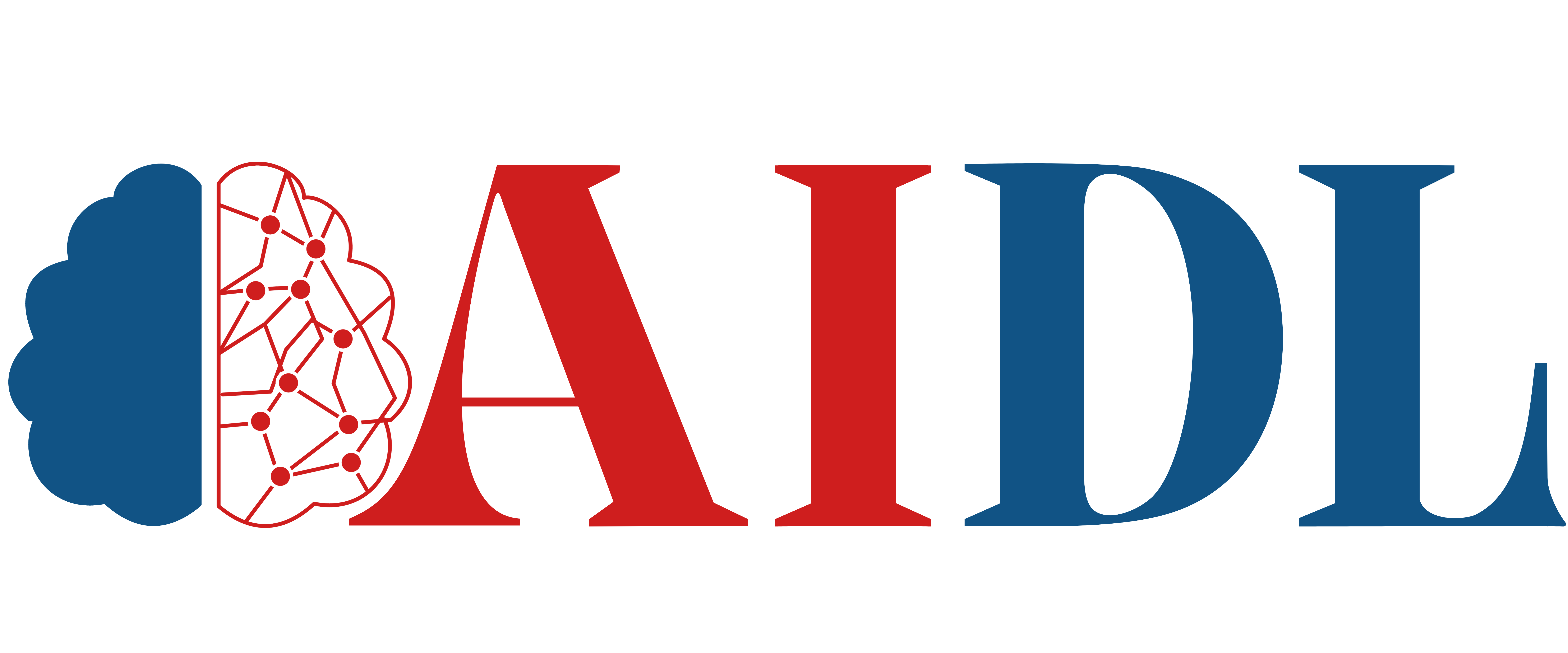
Natural Language Processing with Deep Learning
AIDL_B_CS01
Applications which make use of Natural Language Processing (NLP) algorithms have increasedover the last decade. With the rapid growth of artificial intelligence assistants and the tendency of companies to enhance their services with more interactive human-machine interactions, it is mandatory to understand how NLP techniques can be used to manipulate, analyze and create data which are based on text. Modern techniques can capture the tone, context, and refinement of language, as humans do.And if they are properly designed, developers can exploit these techniques to create powerful NLP applications which provide natural and seamless human-computer interactions with chatbots, intelligent software agents and much more. Deep Learning models have gained widespread acceptance for NLP operations due to their ability to generalize accurately across a range of contexts and languages. Transformer-based models, such as the Bidirectional Encoder Representations from Transformers (BERT) model, have revolutionized the NLP by providing accuracy comparable to human reference lines at reference points such as the SQuAD dataset for Q&A, entity recognition, recognition of intentions, sentiment analysis etc. In this course, students will become familiar with language processing techniques, word embeddings as well as they will learn to apply, train and correct their own Deep Neural Models.The notes as well as the proposed exercises, are based on the teaching material and suggestions which have been developed for this purpose by the NVIDIA Deep Learning Institute(https://developer.nvidia.com/teaching-kits).
- Introduction (NLP Applications)
- Text preprocessing, BOW, TF-IDF
- Dimensionality reduction for representation learning
- Word Vectors (embeddings)
- Recurrent Neural Networks (RNNs), Long-Short Term Memory (LSTM)
- Attention mechanism (global, local, self, multi-head)
- Language Models (ELMo, ULMFiT), Transformers (BERT, RoBERTa, ELECTRA etc), Autoregressive Models (XLNET, GPT-2 etc)
This course is using project-based assessment. Students are asked to complete an individual project on the following (indicative) topics, and their grade is based on the level of completeness, algorithm performance and documentation of the solution (100%):
- Word Embeddings (CBOW, SkipGram)
- Text Classification
- Named Entity Recognition
- Neural Machine Translation
- Text Generation
- Semantic Textual Similarity
- Fact Verification
- Question/Answering for Chatbots
- Implement Natural Language Processing (NLP) techniques to manipulate, analyze, and generate text-based data, showcasing hands-on expertise in the realm of NLP applications.
- Employ Deep Learning models, especially Transformer-based ones like BERT, for NLP tasks, demonstrating the capability to engage with advanced neural networks within the realm of language processing.
- Comprehend the role of NLP algorithms in improving human-machine interactions, encompassing the creation of chatbots and intelligent software agents, and exhibit proficiency in crafting smooth and natural interactions.
- Utilize modern NLP techniques to analyze and grasp the tone, context, and subtleties of language, replicating a human-like comprehension of linguistic nuances.
- Acquire the capacity to achieve accurate generalization of NLP models across diverse contexts and languages, thereby enhancing the adaptability and scalability of NLP applications.
- Assess the performance of Deep Neural Models in NLP tasks and showcase the ability to train and refine these models to enhance accuracy and effectiveness in language processing tasks.
Course Features
Course type: Minor
Semester: 2nd
ECTS: 6
Duration: 13 weeks
Courses: Instructor-led + online
Language: English
Assessment: Project based

Instructor
